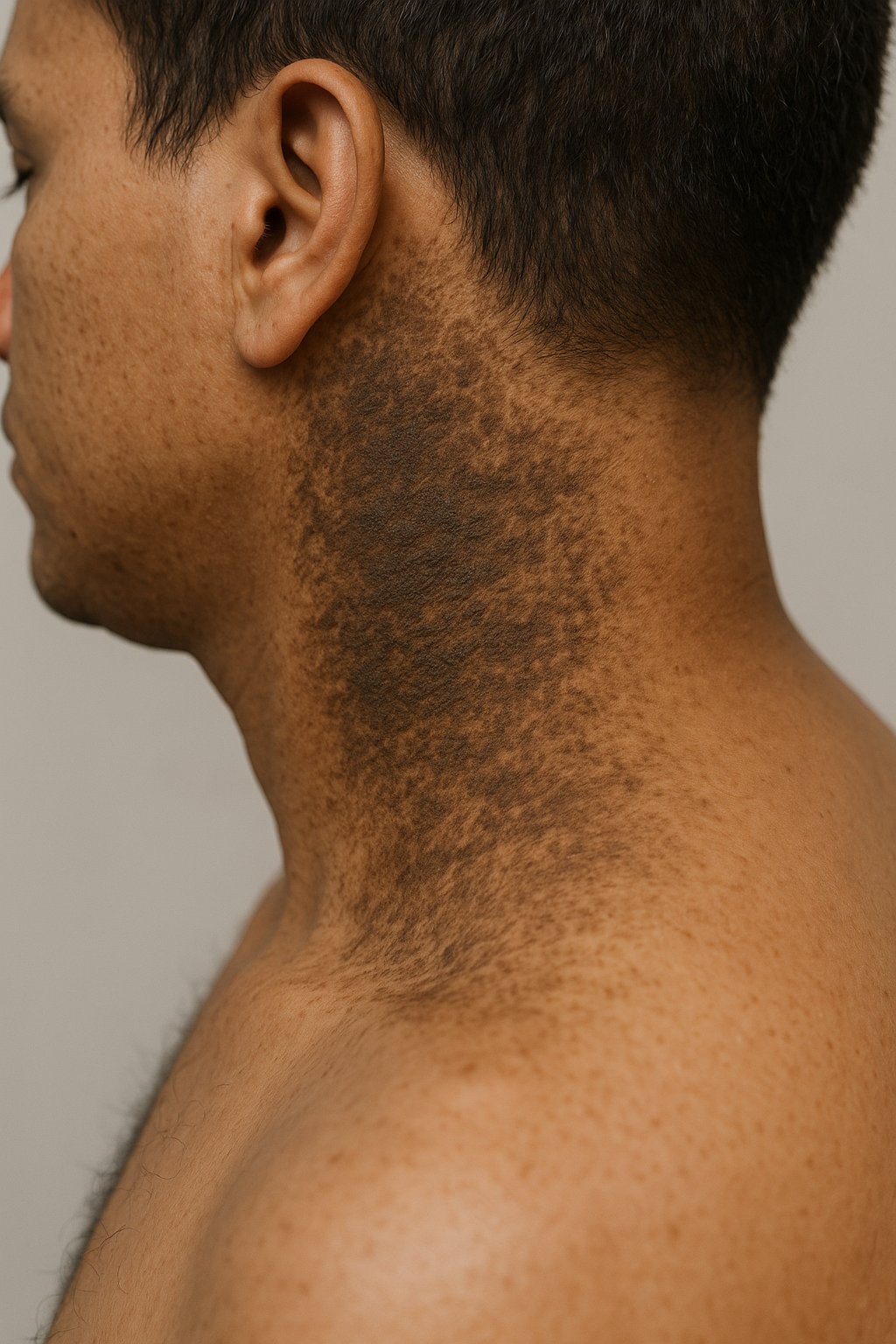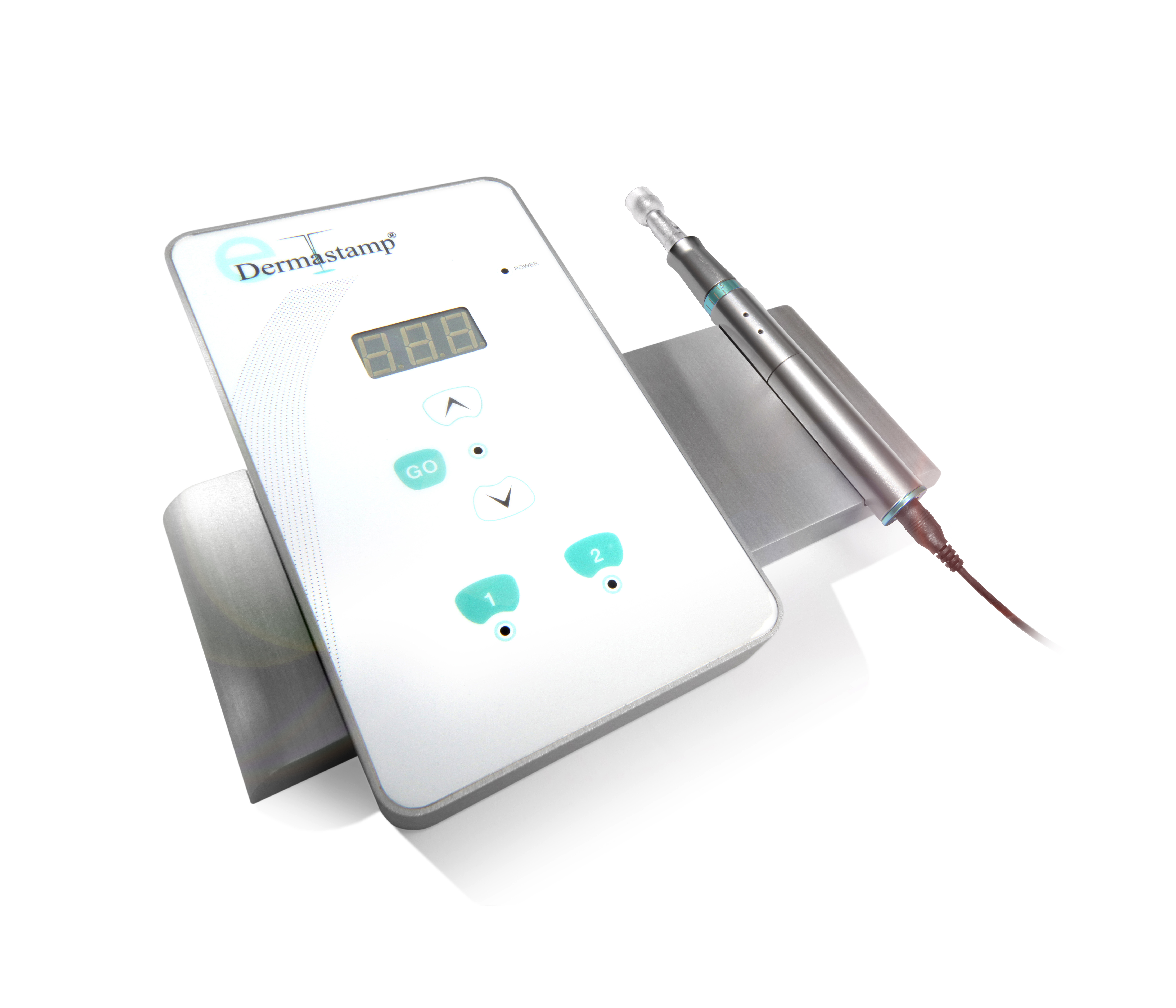Atopic hand dermatitis, also known as atopic hand eczema, is a complex inflammatory condition that affects the fingers, hands, and wrists of individuals with atopic tendencies. The presence of atopic dermatitis is considered a primary risk factor for developing chronic hand dermatitis.
This condition manifests in approximately 50–60% of individuals with active atopic dermatitis, including children, and the likelihood of hand involvement increases with age. Specifically, hand dermatitis occurs in 30–40% of atopic infants and toddlers aged 0–2 years, 55% of atopic children between 3–12 years, and 65% of those older than 12 years, often exacerbated by greater exposure to irritants. Notably, two-thirds of patients report the onset of hand dermatitis within one year following the appearance of atopic dermatitis.
The causes of atopic hand dermatitis are multifactorial, involving genetic predispositions and environmental factors that lead to disruptions in skin barrier function and immune system regulation. In those with atopic dermatitis, the skin barrier is compromised due to deficiencies or defects in filaggrin, which increases transepidermal water loss and heightens the risk of contact dermatitis and infections. The condition is characterized by heightened Th2 immune responses and elevated levels of cytokines such as IL-4, IL-13, IL-31, CCL17, CCL18, and CCL22.
Compared to allergic contact dermatitis, irritant contact dermatitis is more frequently a complicating factor in atopic hand dermatitis, with water exposure often cited as a common aggravating trigger. The condition primarily affects the backs of the hands (90%) and fingers (70%), as well as both aspects of the wrists (50-60%). Less commonly, it involves the palmar aspects of the hands and fingers (30%). Symptoms typically include pruritus and dryness, along with potential stinging, burning, and pain. Less frequent manifestations include vesicular hand dermatitis or nummular dermatitis, which can lead to weeping and crusting on the skin surface.
Clinically, acute atopic hand dermatitis is indicated by erythema, oedema, and intense itching or burning vesiculation, along with xerosis. Chronic presentations persist with erythema, hyperkeratosis, lichenification, pain, or stinging and fissuring. There are no unique morphological features that definitively distinguish hand dermatitis due to atopic causes from other causes, though distribution patterns can offer clues. Indicators suggestive of atopic hand dermatitis include hyperlinear palms, keratosis pilaris, and evidence of atopic dermatitis in other body areas. Nail changes in affected individuals may include coarse pitting, transverse ridges or grooves, and loss of cuticle.
In the skin of color, atopic hand dermatitis exhibits less pronounced erythema and more post-inflammatory hyperpigmentation compared to white skin, with an overlying scale typically appearing grey.
Complications of atopic hand dermatitis can include secondary bacterial infections from Staphylococcus aureus, psychosocial impacts such as impaired quality of life, increased sick days, loss of work, challenges performing certain tasks, and potential development into an occupational skin disease.
Diagnosis of atopic hand dermatitis is primarily clinical, based on the history of atopy and exclusion of other conditions. Diagnostic assessments may focus on identifying aggravating factors such as exposure to irritants and allergens, both domestically and occupationally. Additional tests might include measuring total serum IgE levels, conducting skin swabs for bacteriology, taking skin scrapings for fungal microscopy and culture, performing patch tests for allergic contact dermatitis, and testing for specific IgE in cases suspected of protein contact dermatitis like latex allergies. Skin biopsy is rarely necessary.
Differential diagnoses for atopic hand dermatitis include various types of hand dermatitis, psoriasis of palms and soles, and tinea manuum.
Treatment approaches involve meticulous long-term hand care to minimize flares and recurrences. This includes reducing exposure to irritants, minimizing water contact, and frequent use of unperfumed hand emollients. Protective gloves should be worn for all wet or dirty work. Topical treatment options include potent or super-potent topical steroids, topical calcineurin inhibitors, coal tar treatments, and Janus kinase inhibitors, with delgocitinib currently in clinical trials. Phototherapy options include localized narrowband UVB phototherapy, UVA1, and photochemotherapy. For severe cases, systemic therapies such as short-term systemic corticosteroids, methotrexate, azathioprine, ciclosporin, mycophenolate mofetil, and oral retinoids are considered, with biological treatments including dupilumab and lebrikizumab also available.
Prompt treatment of atopic hand dermatitis is crucial as the condition tends to become chronic. While patients are particularly prone to irritant contact dermatitis, their risk of allergic contact dermatitis mirrors that of the general population. Moderate to severe dermatitis is a significant predictor of persistent disease.
Centre for Medical and Surgical Dermatology offers unique and personalized treatment options for atopic hand dermatitis for each patient.



